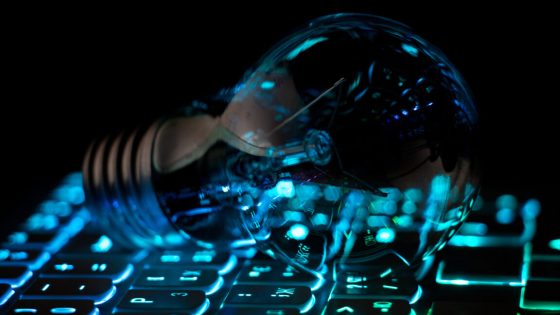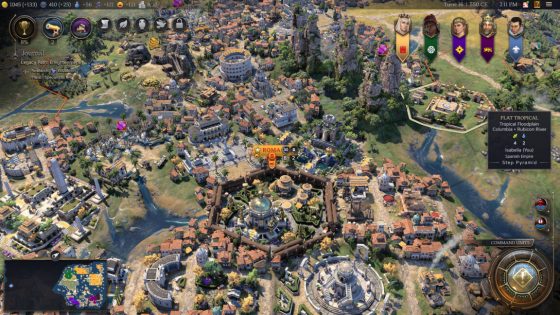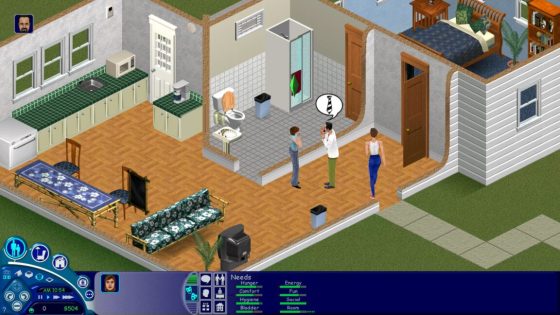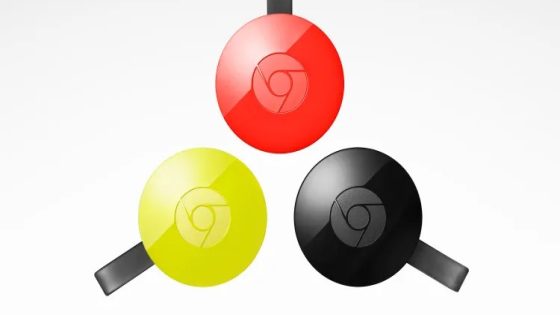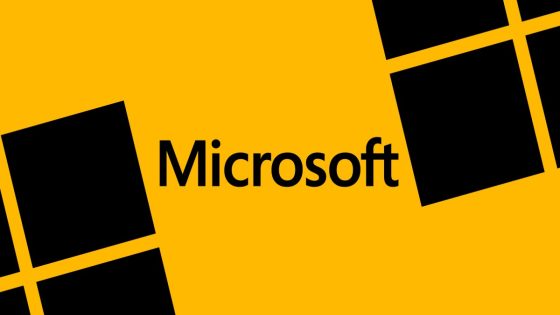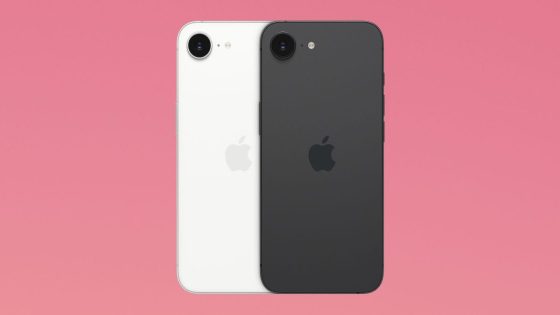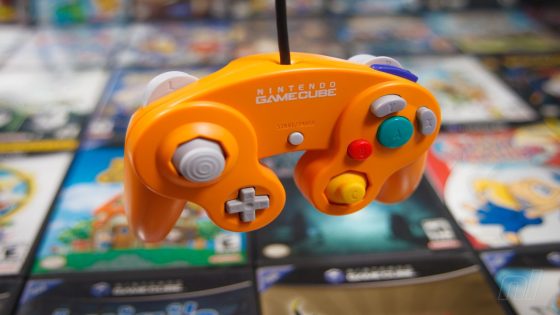Dark mode has become a popular feature across many platforms, but does it really save power? A recent study from the BBC reveals that the energy efficiency of dark mode on LCD screens may be less effective than many believe. Conducted on a 2017 MacBook Pro, this research highlights the complexities of user behavior and technology in energy consumption.
- OLED displays offer deeper blacks and power savings.
- Dark modes increase brightness on LCD screens.
- Study questions dark mode's energy efficiency claims.
- User behavior impacts power consumption significantly.
- LCD technology limits dark mode benefits.
- BBC study emphasizes careful sustainability guidelines.
On February 20, 2025, the findings sparked discussions about the real impact of dark mode on energy savings, especially for users in the U.S. who frequently rely on older devices.
Does Dark Mode Really Save Power on Older LCD Screens?
Have you ever wondered if switching to dark mode actually benefits your device’s battery life? The BBC’s recent research suggests that it might not be as effective as many think, especially on older LCD screens. Users often crank up brightness levels in dark mode, leading to increased power usage.
Key Findings on Dark Mode and Power Consumption
The BBC’s research involved participants using the BBC Sounds website in both light and dark modes. The results were surprising: a significant majority increased their screen brightness while using dark mode, leading to higher power consumption than in light mode. Here are some key takeaways:
- 80% of participants raised brightness significantly in dark mode.
- Older LCD screens do not benefit from dark mode like OLED displays.
- Real-world usage patterns can negate energy-saving claims.
- Understanding user behavior is crucial for sustainability efforts.
Understanding the Technology Behind Dark Mode
Dark mode is designed to reduce eye strain and save power, particularly on OLED screens where individual pixels can be turned off. However, LCD screens operate differently. They require a constant backlight regardless of the displayed color, meaning dark mode doesn’t translate into energy savings as it does with OLED technology.
User Behavior Plays a Crucial Role in Energy Consumption
The BBC study emphasizes the importance of user behavior in energy efficiency. When users prefer dark mode, they often adjust the brightness to a level that can lead to increased energy use. This highlights a critical point: the effectiveness of dark mode is not solely about the screen technology but also how users interact with it.
Implications for Future Technology and User Guidelines
As technology evolves, understanding the nuances of features like dark mode will be essential for both manufacturers and consumers. This study suggests that sustainability guidelines should consider user behavior and device capabilities to accurately assess energy efficiency. As more users adopt dark mode, manufacturers must find ways to optimize power consumption across all types of screens.



